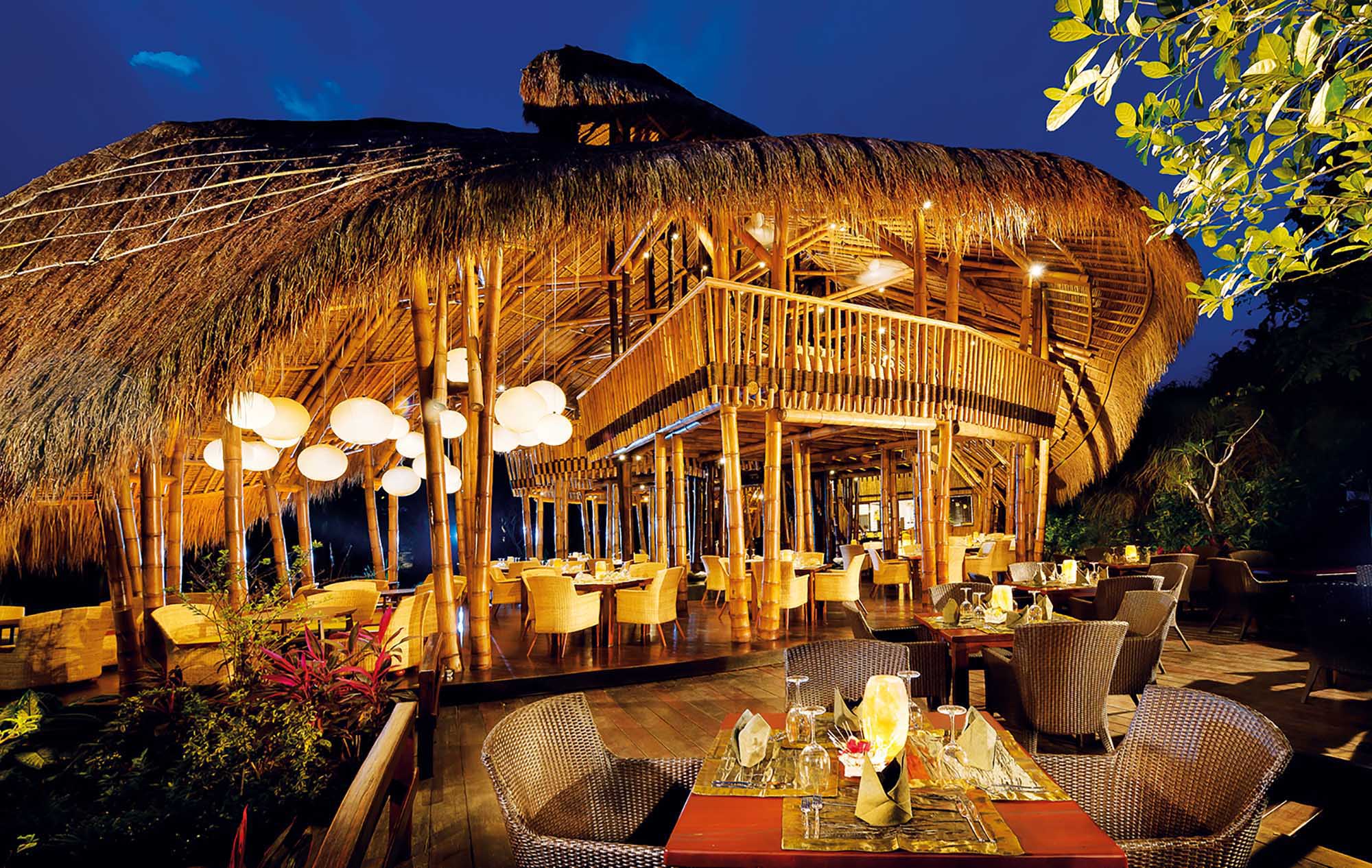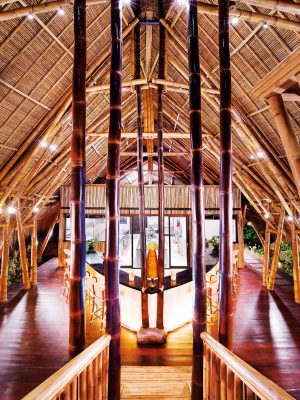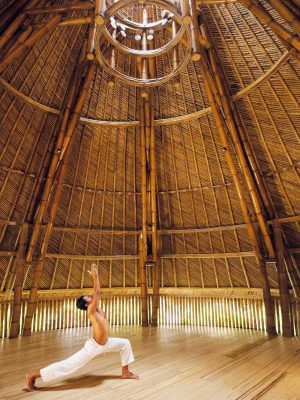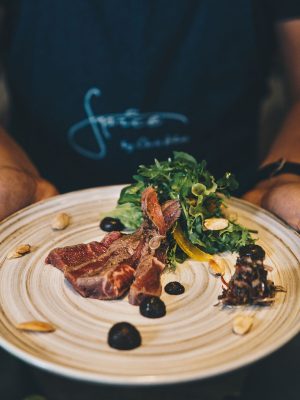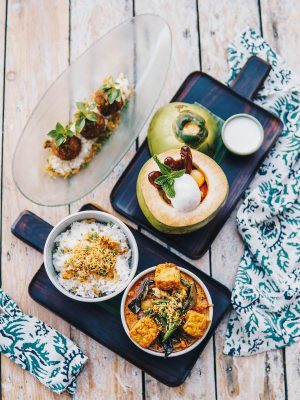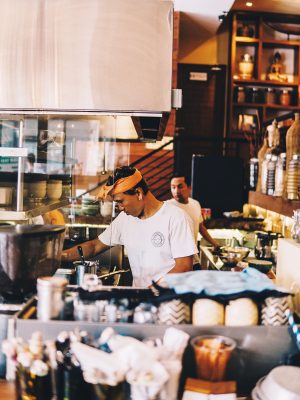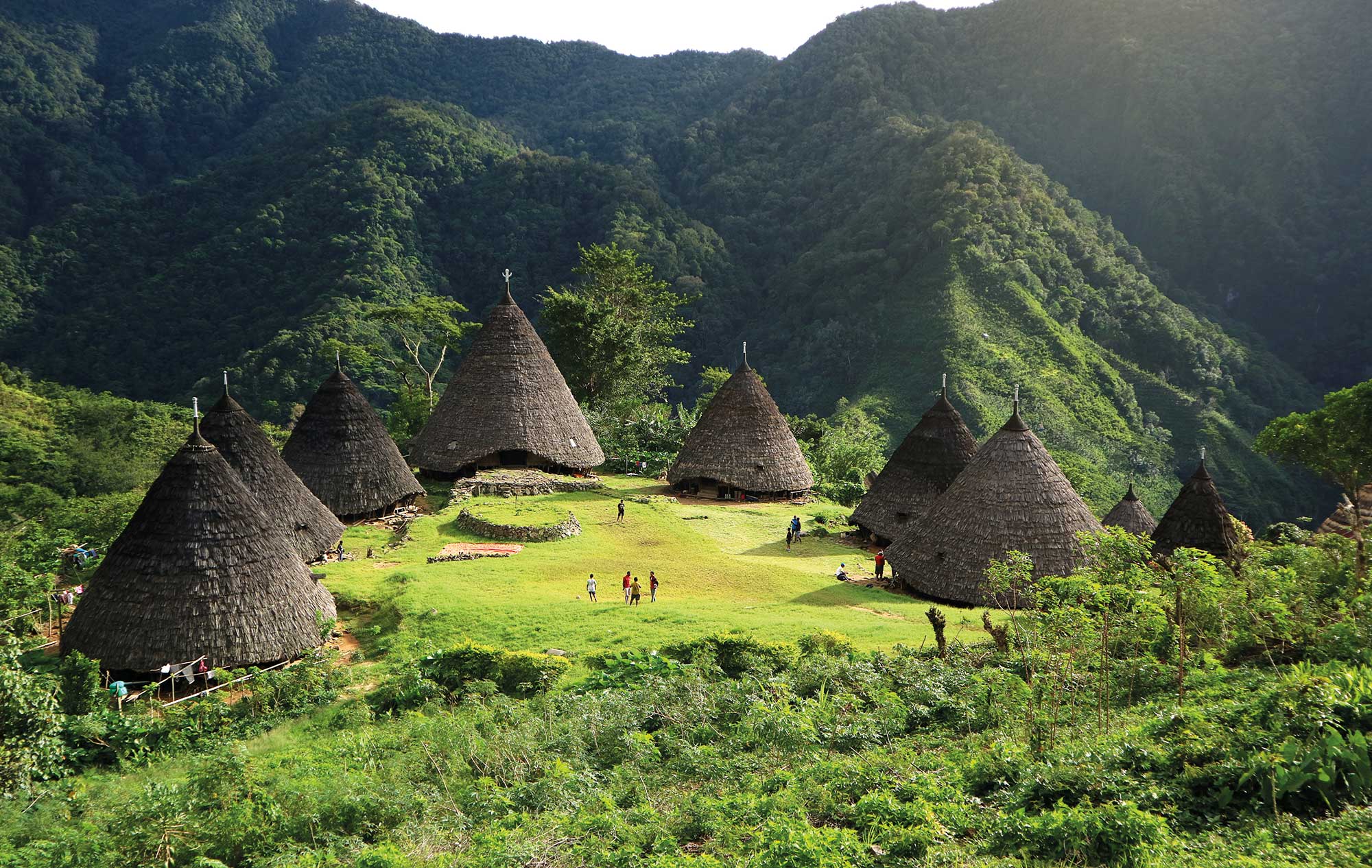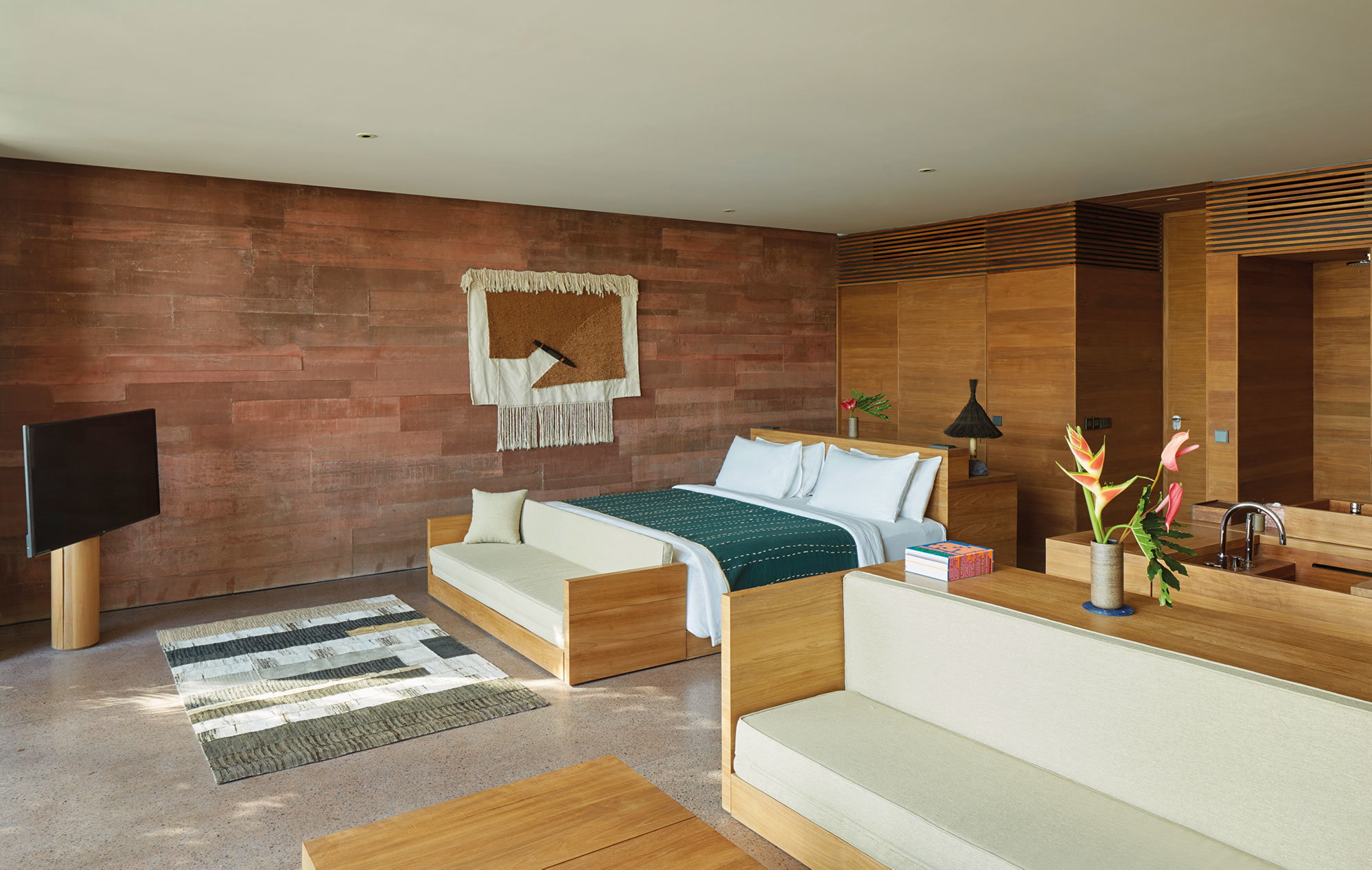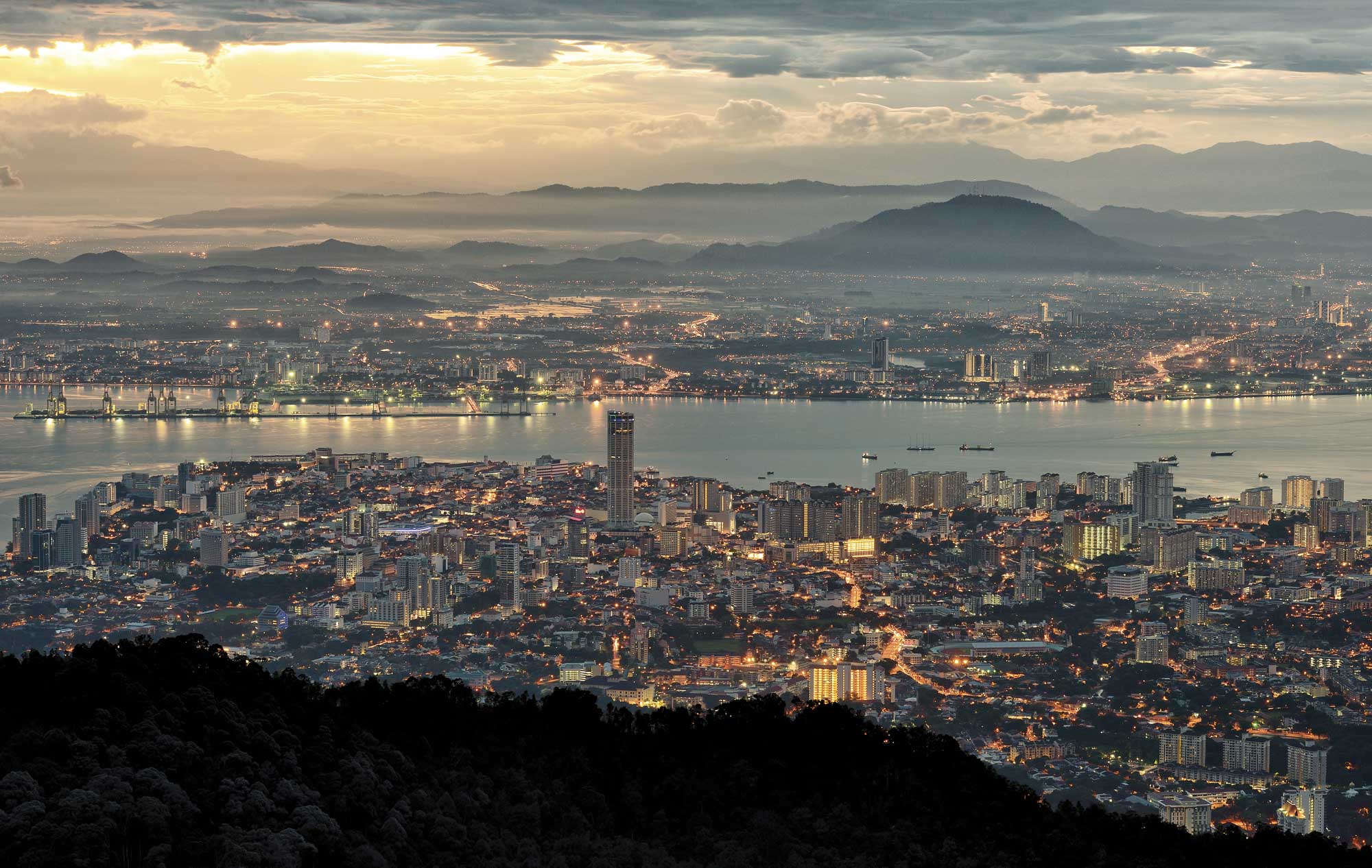People often romanticise the idea of the old Bali, when there was nothing but peaceful villages, pristine beaches, imposing temples and rice paddies; before all the Bintang singlets, tourists and development came along. The real, authentic, unspoilt Bali.
The version of Bali I’m in is just that. Well, it is and it isn’t. Let’s start with the ‘is’.

On the outskirts of Ubud, I’m descending into the forest, armed with a walking stick and a survival kit, complete with poncho, bandages, mosquito repellent and torch. The jungle is an alive green – almost fluorescent. No trees have been harmed here, I’m told. And the final leg of my journey, before arriving at my tent, is a wooden suspension bridge that swings over the plunging valley. For a minute, I feel a little like an 18th-century explorer. Oh, the adventure.
But then comes the ‘isn’t’. It’s not a tent, but a tented cabin and rather luxe indeed, hiding in the foliage. There’s a stone infinity pool, too. And cold beers are waiting inside my trunk fridge. This clearly isn’t the Ubud of centuries ago. But in 2018, maybe it’s as close as we can get.
Djuna Ivereigh
The Capella Ubud, with its 22 tented camps created without felling a single tree, is built on these juxtapositions. It’s simultaneously kitsch and bold yet subtle and natural, drawing on Bali’s history in an entirely modern and innovative manner.
‘I did not want Capella Ubud to be another conventional 130-key hotel, which was initially the vision for the property. Not only would that have meant the destruction of the forest but the magical morning concert of the Balinese birds and the sun creeping across the forest floor would be missed in a conventional room,’ says Bill Bensley, the star architect behind the property. ‘To me, the sophistication of Ubud is in the perfect marriage of nature, culture and art.’
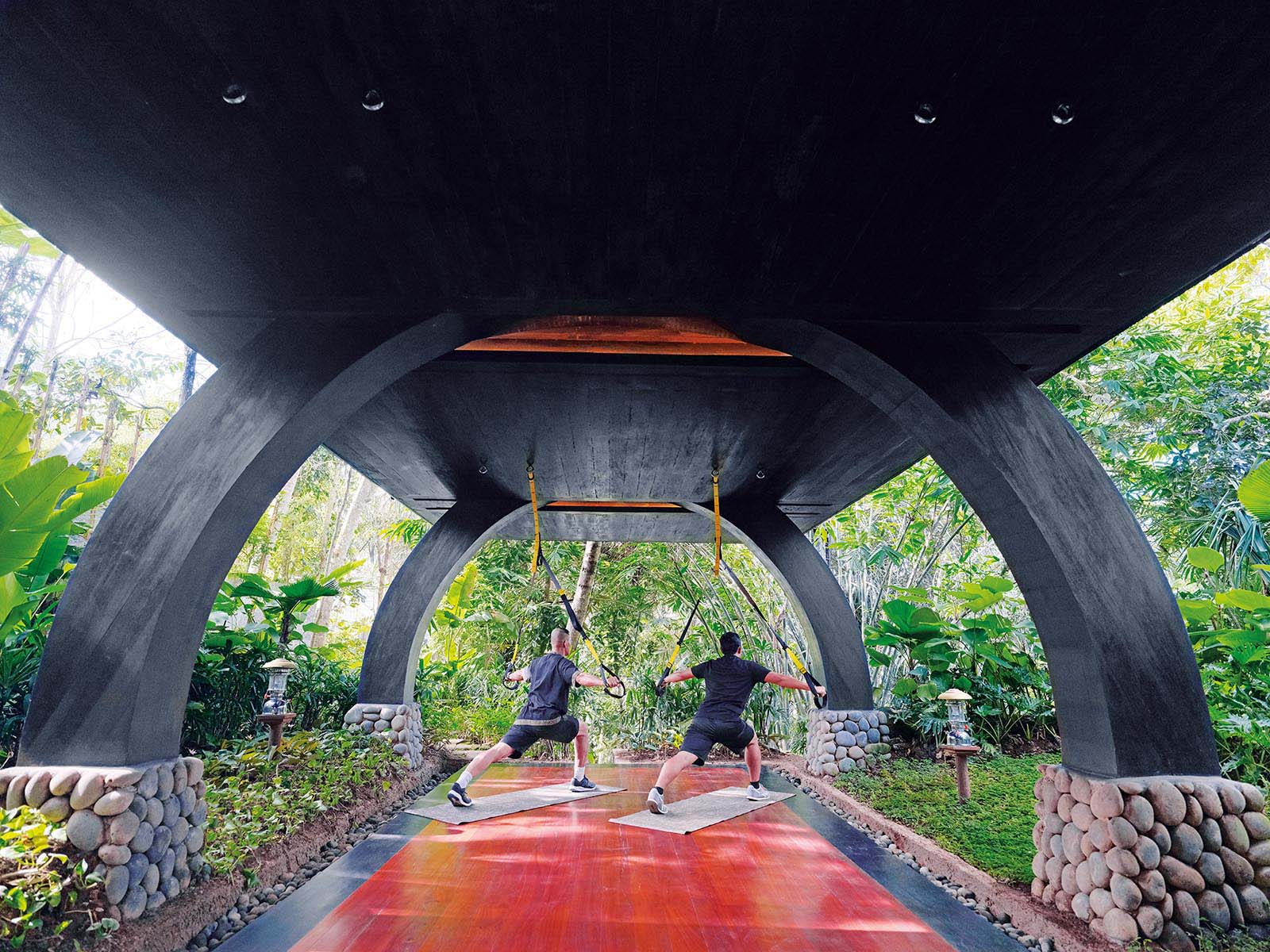
This triumvirate has always been the foundation of Ubud’s allure. Its mountainous jungles, river valleys and rice terraces make for one of Asia’s most photogenic landscapes. It’s been the traditional centre of Balinese art for centuries and its place as the cultural heart of Bali – temples, dances, traditions – has been a constant source of fascination.
But things have changed over the years. ‘Today, it’s very different from what it used to be,’ says photographer Rio Helmi, a Bali native who has lived in Ubud since the 1970s and runs the website Ubud Now and Then, an exploration of the area’s culture, art and evolution. ‘Development can provide so many opportunities to our community, to meet people from across the world, get a better education, exchange ideas. But it really depends on how people and places connect with the community. It needs to be done sustainably, like Capella has.’
Sustainability is a prime concern in Ubud. It’s not as developed as Kuta or Seminyak, but a walk through the town provides a snapshot of its precarious state. Outside the Monkey Forest, Ubud’s most famous site, scores of people queue for entry. There are seemingly as many hipster cafes as local warungs. And every third person seems yoga-ready – what Helmi calls the Eat, Pray, Love effect.
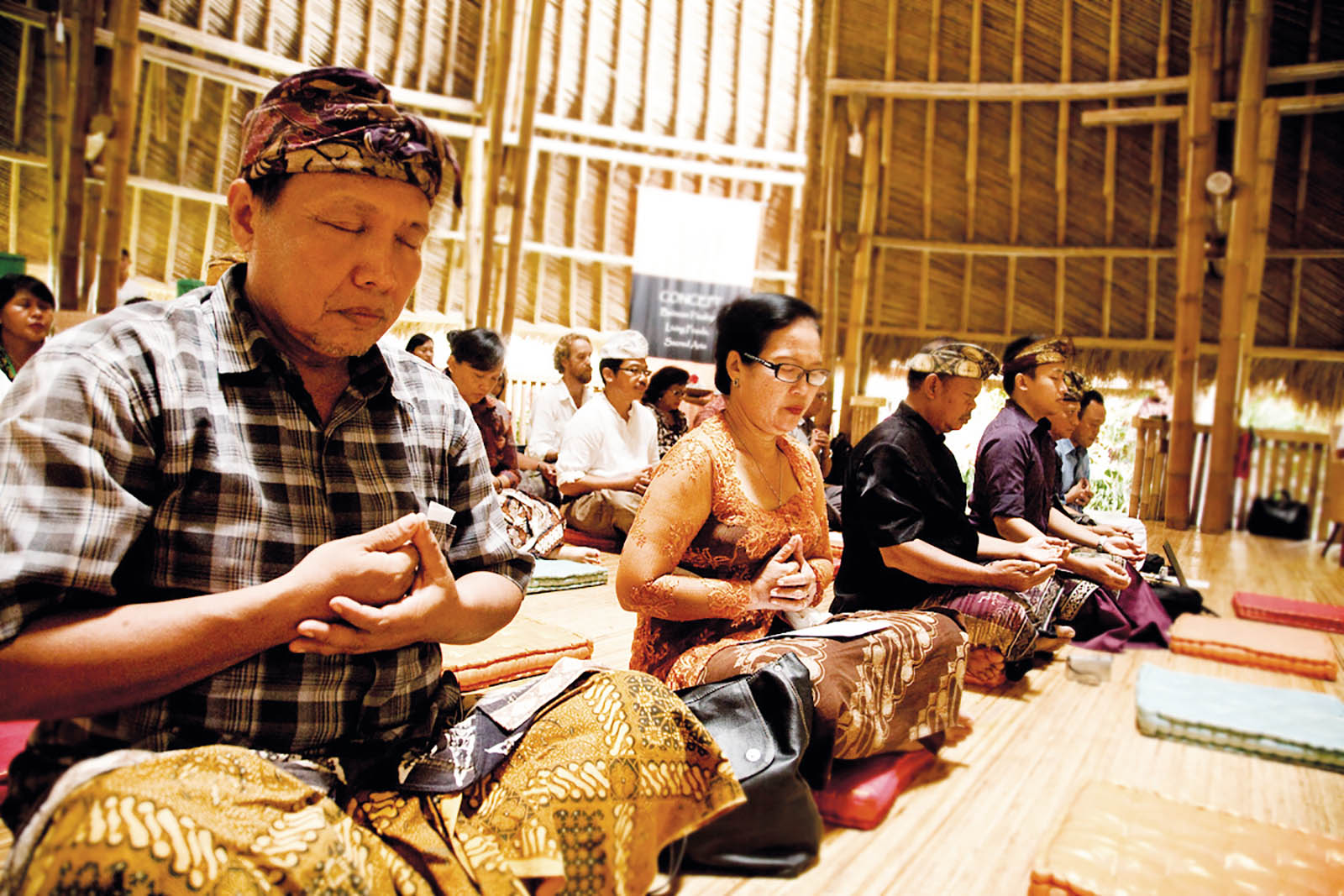
Indeed, wellness has become a huge industry in Ubud – spurred on by the success of the book and film – much of it with little connection to Bali itself. However, some retreats have tried to channel the essence of the area.
Take Fivelements. This eco-wellness retreat is based on traditional Balinese principles, which guide their holistic wellness programmes, food and overall approach. They also have a sustainability team, which informs what they do environmentally and socially. For founders Lahra and Chicco Tatriele, its Ubud location, with all its treatment rooms overlooking the holy Ayung River, was its natural home.
‘There was a spirit and energy to the land that spoke to us. For our healing centre, it was the perfect site,’ says Lahra. ‘Much of Ubud’s development, we could see, was not happening in the right direction, ecologically. We wanted to reflect tradition in the design of our structures, through spiritual healing, hospitality and healthy cuisine.’
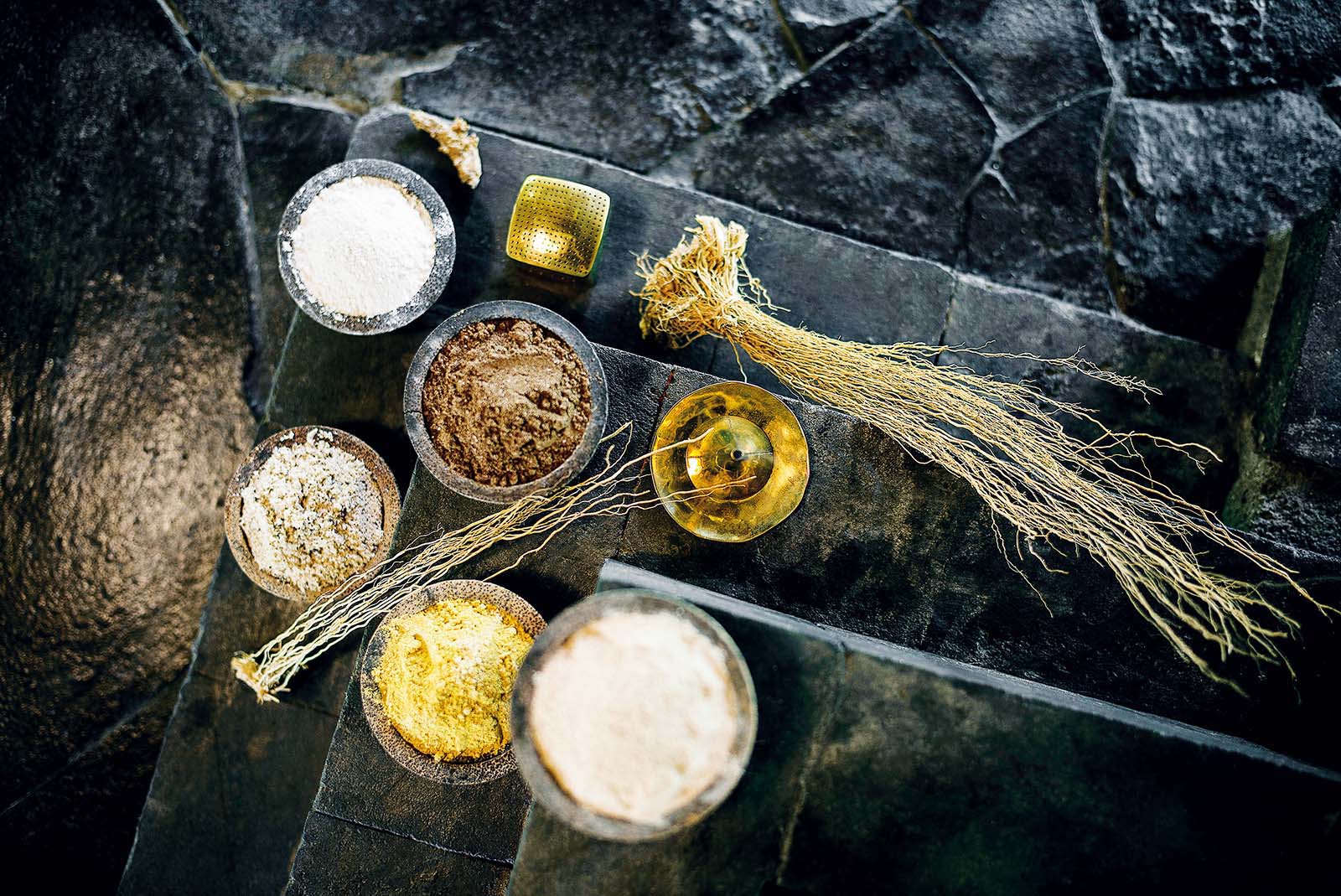
Like wellness, the Ubud food scene has boomed in recent years. But amid the juice bars, pizzerias, Mexican joints and the like, Indonesian food is strangely hard to find.
‘It’s only just starting to come up,’ says Bimo Pratomo, who works at Good Indonesian Food tours, a startup that champions local cuisine. ‘For many years, we were trying to cater to what made visitors comfortable, and that wasn’t Indonesian food.’
The food tours aim to change that, highlighting a clutch of restaurants that are bridging the gap between foreign and local. ‘Ubud has one of the best concentrations of modern Indonesian food in Bali,’ says Dewa Ayu Ratih Widiastuti Badung, an expert on all things Ubud food who leads Pratomo and me on the tour. ‘It’s a great place to explore the flavours we have on offer.’
At Spice by Chris Salans – one of Ubud’s earliest fusion pioneers – we try beef rendang croquettes. At Hujan Locale, the latest opening by celebrity chef Will Meyrick, it’s local fish baked with Bali’s most famous flavour, sambal matah. And at Nusantara by Locavore, we go on a culinary journey across Indonesia, including a finale of bebek tanah, a clay-cooked duck speciality of Ubud.
‘Food is such an important way to understand a place, a culture,’ Pratomo tells me, midway through the duck. ‘Through our food, you can really experience the true Bali. Hopefully, more people will seek it out.’ That might be right – but the amount I’ve eaten on this tour, well, that can’t be sustainable.
This story was originally published in December 2018 and updated in September 2020



